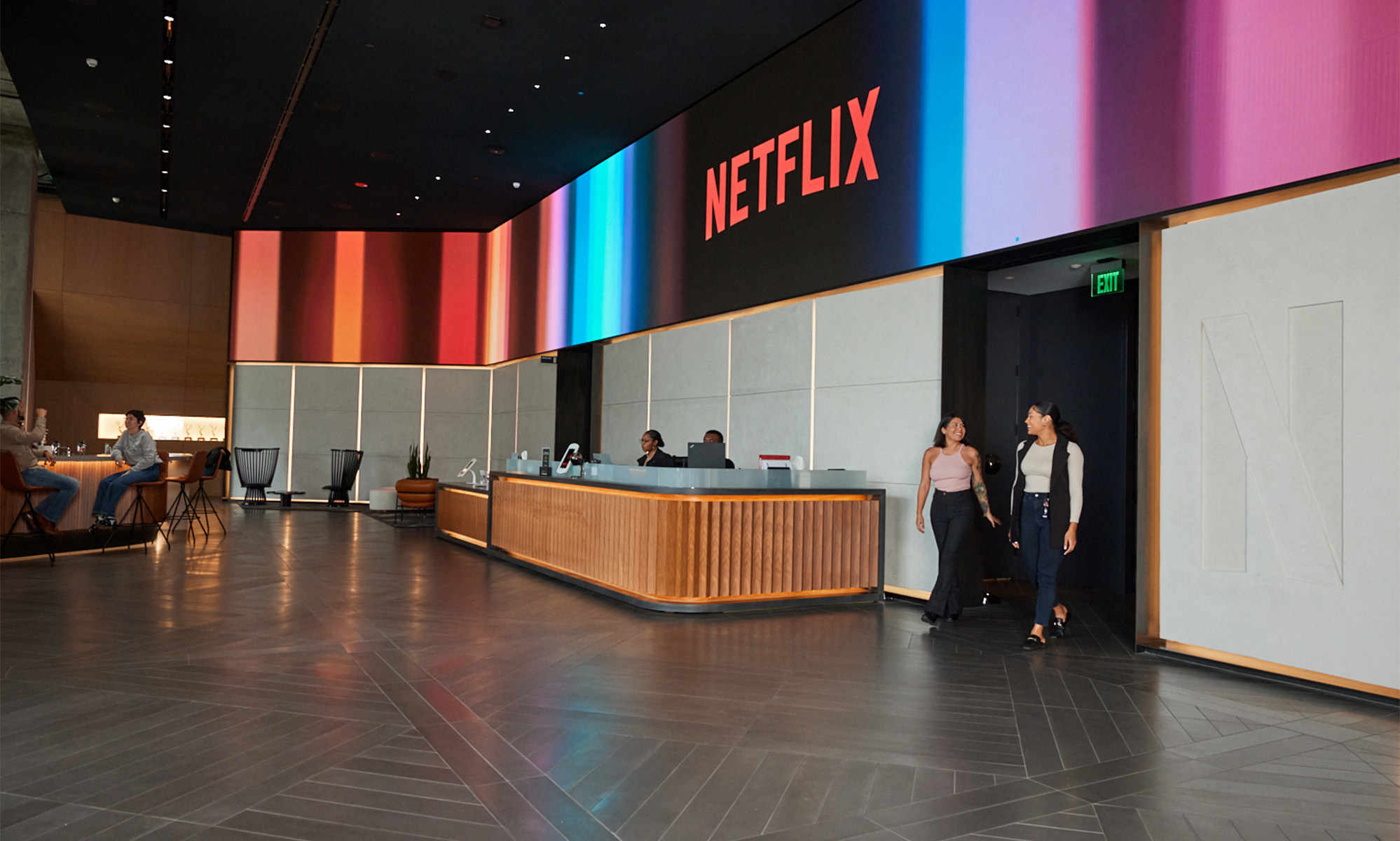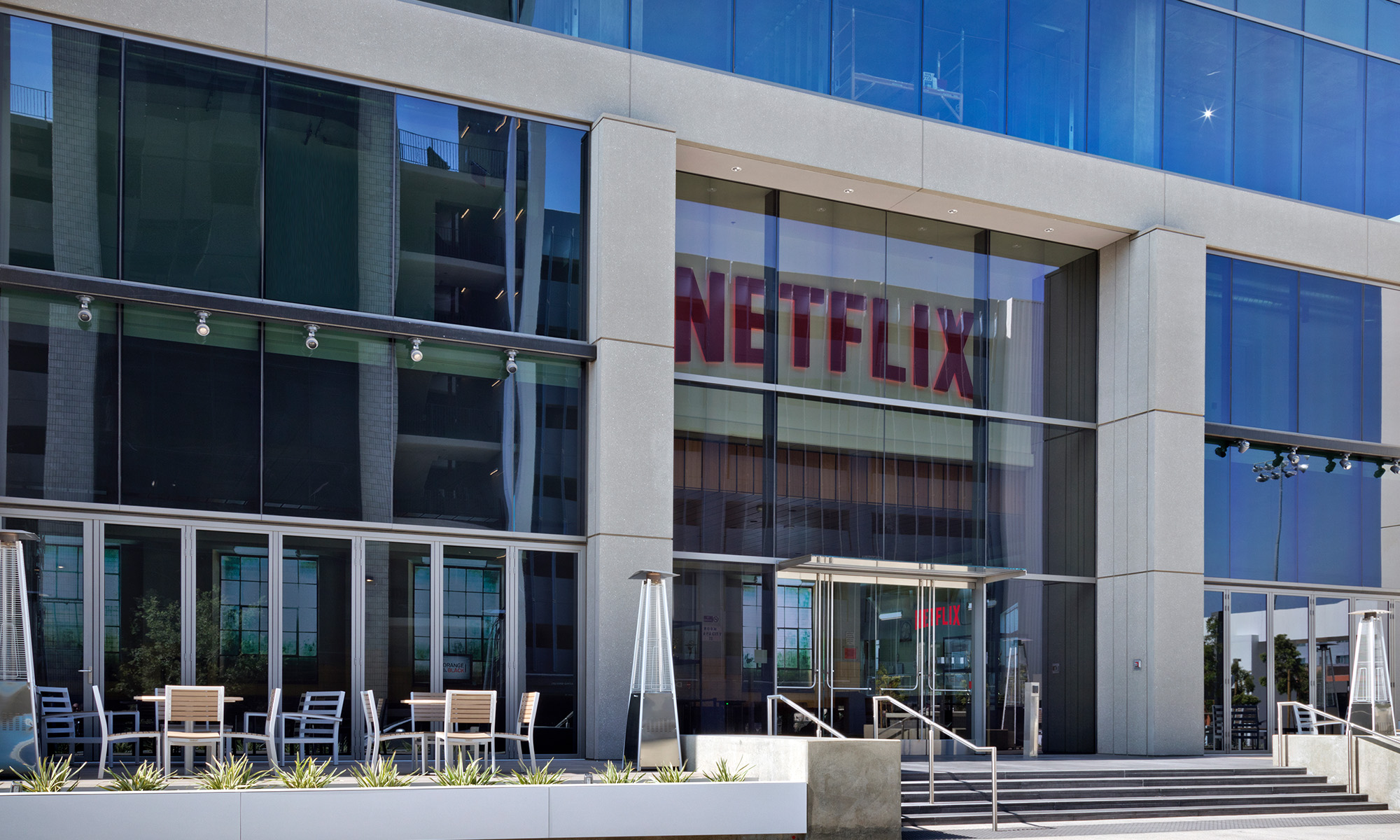As seems to be the case more and more often, investors weren't quite sure what to make of Netflix (NFLX 1.19%) following Tuesday's fourth-quarter earnings report. The streaming-video giant's addition of 8.76 million subscribers easily topped subscriber growth forecasts, setting the stage for a decisive earnings beat. Yet, the company dampened the mood with a lackluster subscriber growth outlook for the quarter underway. Without explicitly saying so, Netflix conceded a rivaling streaming service from Walt Disney has been a little disruptive.
Then there's the never-ending cash burn. While revenue improved to the tune of 30%, reaching almost $5.5 billion, free cash flow for the quarter was more negative than it's ever been, falling to negative $1.67 billion, leading to a full-year free-cash burn of almost negative $3.3 billion.

Image source: Getty Images.
Simply put, Netflix has turned into a tricky double-edged sword that's proving tough to get a handle on. Either subscriber growth will eventually drive enough revenue to outpace spending growth, or expenses will continue to soar as the top line levels off. But, something's got to give soon because investors are increasingly struggling to weigh the good against the bad.
When you pare down all of Netflix's key numbers to per-subscriber measures though...
Measuring Netflix's bang for the buck
Is Netflix's expanding scale helping, or hurting? The question is much easier to answer with a comparative look at how much money the company collects from -- and spends on -- each and every subscriber.
The good news is, Netflix collected an average of $32.72 worth of revenue from each of its subscribers last quarter. That's down slightly from the third-quarter figure, pulled lower by strong growth in international subscribers who pay a lower monthly fee while growth in U.S. subscribers, who pay an average of $13.22 per month, slowed to 423,000. The broad trend, however, remains pointed upward.
It costs the company money to drive that revenue, of course. That's where things get interesting, mostly in a good way. Operating profit margins per user are broadly improving, coming in at 9.1% during the final quarter of last year. That's actually down from second- and third-quarter levels, but the longer-term growth trend of that measure is intact. Four years ago, it was in the low single digits.

Average marketing cost reflects a four-quarter average of marketing spending per subscriber. Data source: Netflix Investor Relations. Chart by author.
Note that the bulk of the progress -- and this is critical -- is being driven by the company's falling (relative) cost of revenue, which reflects the company's content expense. Falling technology costs have lent a helping hand as well. On the flip side0, marketing costs and interest expenses per subscriber have been inching higher, albeit less dramatically than other costs are shrinking.
This is what investors have been waiting to see. Granted, they've been hoping it would happen sooner, and with Disney now part of the streaming landscape and more competition on the way, marketing costs could end up accelerating. Assuming Netflix can remain on its current trajectory though, the organization is indeed turning more of the monthly fees it collects into an actual operating profit.
In the same per-subscriber vein, Netflix's total liabilities per subscriber continue to swell, reaching $134.7 last quarter. The key items here are current content liabilities, non-current content liabilities, and total long-term debt. Note that long-term debt, however, is the only item of those three that continues to grow. The current and future cost of content, per subscriber, is waning -- as the company's shareholders have long expected.

Data Source: Netflix Investor Relations. Chart by author.
These numbers matter. Non-current content obligations eventually become current obligations, and as video content is bought and used, it reduces cash flow. In fact, were it not for content purchases and their eventual amortization (and the quirky way Netflix must account for its programming costs), the company would be flirting with positive operating cash flow.
Interest payments on debt, of course, are accounted for on the income statement. In the same sense though, if Netflix wasn't as debt-laden as it is, then per-subscriber profits could be on the order of a couple hundred basis points better.
Putting it all together
As for what it all means, the numbers and their corresponding visualizations at least hint that scale is indeed helping Netflix rather than hurting it. The trajectories also underscore CEO Reed Hastings' comment from his quarterly letter to shareholders, which notes, "Our plan is to continually improve FCF each year and to move slowly toward FCF positive." Given the trends in place, Netflix could indeed push free cash flow into the black, even if he's right about the numbers moving slowly.
The only potential catch is debt and its subsequent cost. Netflix added another $2.2 billion worth of debt to its balance sheet last quarter, bringing the total up to $14.7 billion. Fortunately, it's cheap debt, but there's still a lot of it, with more on the way. Hastings added to his outlook, "we'll continue to use the debt market to finance our investment needs as we did in Q4'19." Still, the company's debt load only cost Netflix $178 million last quarter. It can handle it.
In short, Netflix is getting more bang for its buck as it gets bigger, even if it's tough to see it.






